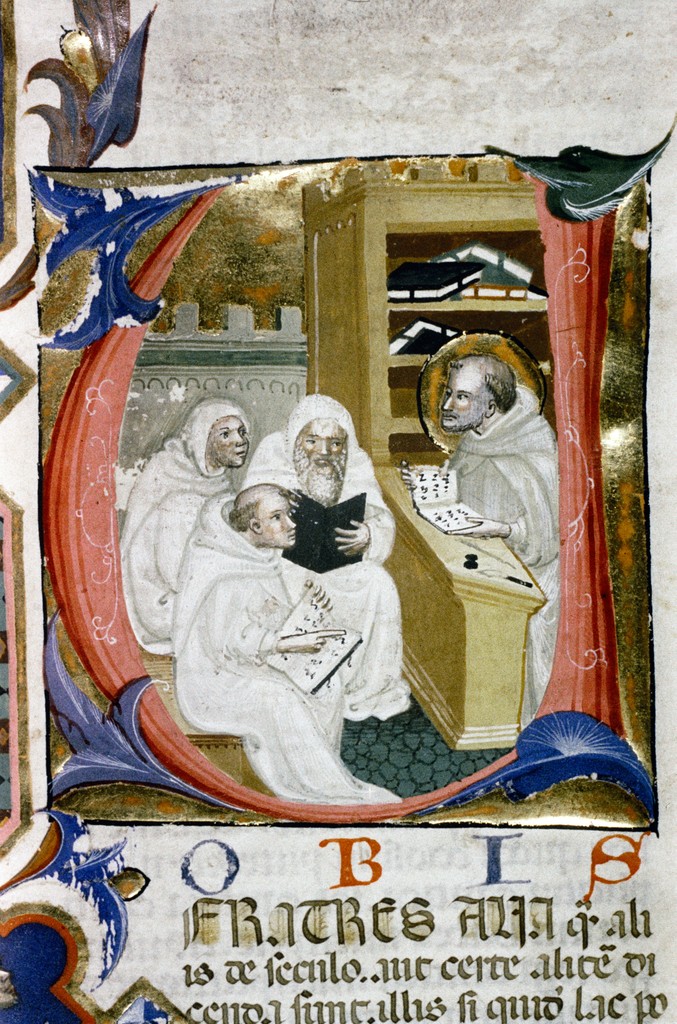By: Taylor Calloway
Bernard of Clairvaux
Bernard of Clairvaux, a famous churchman from France, took an appreciation to the order of Knights Templars. He was passionate about encouraging the advancement of the order and utilized his rhetorical skills to help with that. In fact, Bernard played an integral part in the papal acceptance of the order of knights received in the year 1128. He wrote In Praise of the New Knighthood, which outlined what the knights were expected to stand for, how they were expected to act and he spoke of this new wave of chivalry being introduced by the Templars.1
The Templars
The knights of God, as Bernard referred to them, differed greatly from the knights of the world in the way they were trained. While they were trained on how to fight, how they handled themselves was of great importance. They were representatives of Christ and were expected to act like it. They were disciplined and obedient. They spent the little free time they had serving others. There was no distinction between the knights, and they praised merit over the blood of a nobleman. They were punished if they acted inappropriately, whether that be an untimely laugh or a bad word. While in battle, “they arm themselves interiorly with faith and exteriorly with steel rather than decorate themselves with gold, since their business is to strike fear in the enemy rather than to incite his cupidity.” They are expected to be violent and ruthless towards their enemies, those of a different faith, for they are God’s enemies as well. They were often described as “gentler than lambs, yet fiercer than lions”2
The Hospitallers
While the Templars also followed a model of servitude for others, the Knights Hospitallers placed a great emphasis on serving others. They each took a vow to be a slave to the Lord and the sick. The Hospitallers were trained to be nurses and were responsible for the most freestanding hospitals in the West. The idea that nothing was too good for the poor was instilled in them. They were taught to be selfless and humble for it was believed to be wrong for the serfs to be proud and the lord to be humble. Knights in battle were expected to give up their horses for the injured, a sign that they cared for the poor and sick more than themselves.3

Footnotes:
1. Madden, Thomas F. The Concise History of the Crusades. Lanham: Rowman & Littlefield Publishers, 2014. Pages 46-47.↩
2. Bernard, In Praise of the New Knighthood. Accessed February 17, 2020. Chapters One through Four. https://history.hanover.edu/courses/excerpts/344bern2.html.↩
3. Riley-Smith, Jonathan Simon Christopher. The Knights Hospitaller in the Levant: c. 1070-1309. Basingstoke: Palgrave Macmillan, 2012. Pages 69-78.↩